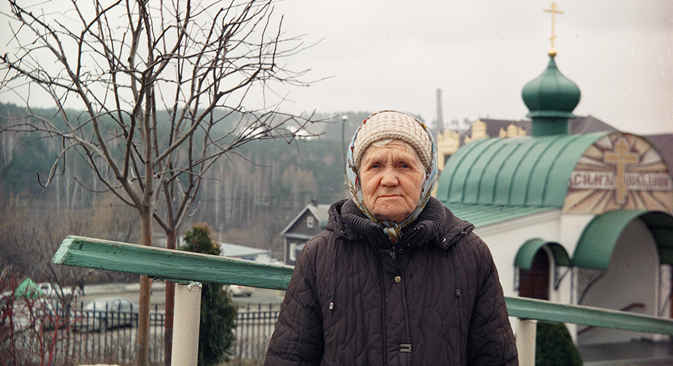[POST]Industrial Urals: Uktus



This is the story of Uktus, out of which Yekaterinburg grew. Although few residents know that.
Sergey Poteryaev
The first factory was founded in 1702 on the banks of the Uktuska river (a tributary of the Iset river) near the village of Nizhny Uktus in the Aramilsky settlement.
Sergey Poteryaev
Construction lasted two years, after which a copper smeltery was put into operation in 1714.
Sergey Poteryaev
After the arrival in 1720 of ethnographer Vasily Tatischev, who at that time was entrusted with managing production in the Urals, the central mining administration for factories in Siberia and Kazan was established at the Uktussky plant.
Sergey Poteryaev
The choice of location was not accidental. Uktus was a convenient nexus for transport routes into Siberia — nearby runs the Kazan road, and not far off are the Chusovaya river flowing west and the Iset river flowing east.
Sergey Poteryaev
A project management office for construction of the new plant was set up 15 km north of Uktus, which was called Yekaterinburg.
Sergey Poteryaev
In 1750 iron ore and copper production at Uktus was wound up, the buildings and facilities destroyed, and the village turned into a site for dachas and country houses.
Sergey Poteryaev
In Soviet times a brick factory was in operation, but that, too, is now closed.
Sergey Poteryaev
Until the 1950s Uktus was a typical rural suburb with individual buildings. In the 1990s the Uktussky plant was relandscaped as a residential village with a predominance of high-rise blocks.
Sergey Poteryaev
Today Uktus is a district of Yekaterinburg, one of the centers of the Urals.
Sergey Poteryaev
I spent my childhood near the Uktus mountains. Sledges, mini-skis, and simple linoleum were our faithful companions for all kinds of winter activities.
Sergey Poteryaev
But in recent years the area has undergone some major changes. Lifts and ski slopes now completely dominate the mountains.
Sergey Poteryaev
There is no space left for simple Soviet-style sledging. One must penetrate ever deeper into the woods to find an untouched spot.
Sergey Poteryaev
This area is older than Yekaterinburg (last year the parish church on Lyzhnikov Street notched up 300 years of service), and over its long lifetime has gone through several facelifts, from industrial heartland of yesteryear to business and sports hub today.
Sergey Poteryaev
Everything’s more convenient, of course, but it’s lost that warm feeling of simple winter fun — without the need to hire “downhill donuts” — and the freedom to roam.
Sergey PoteryaevSubscribe
to our newsletter!
Get the week's best stories straight to your inbox